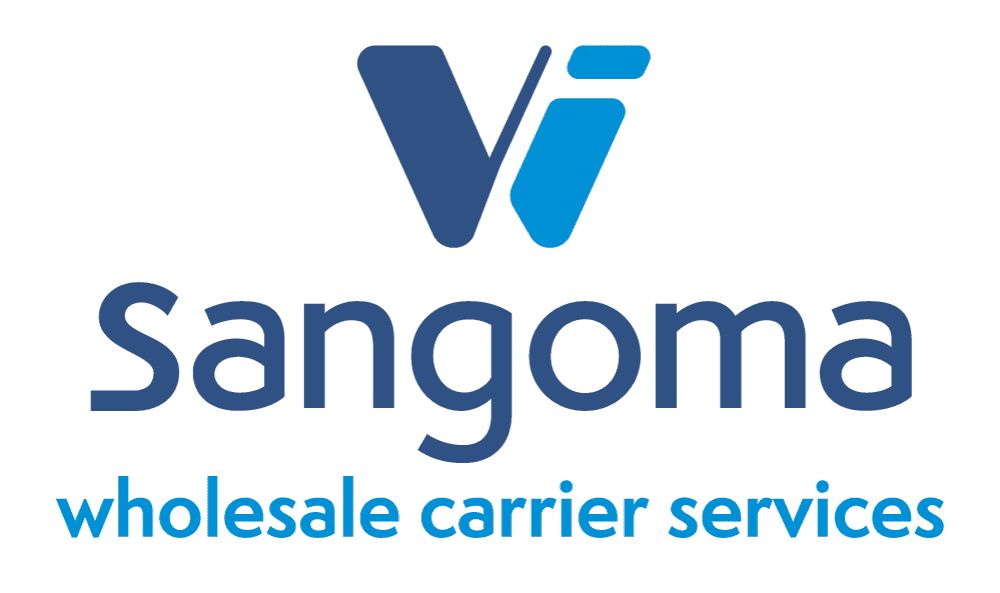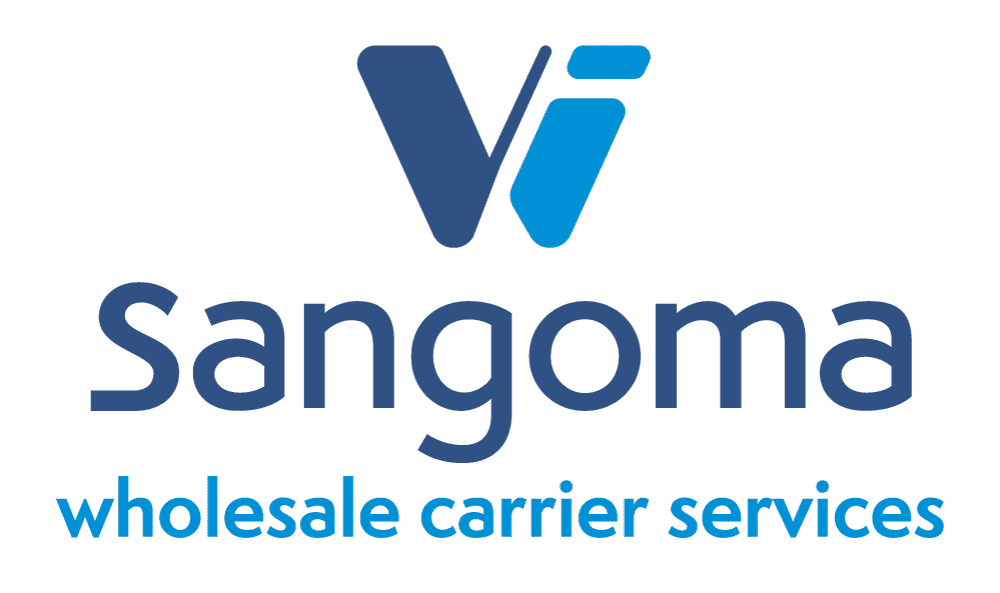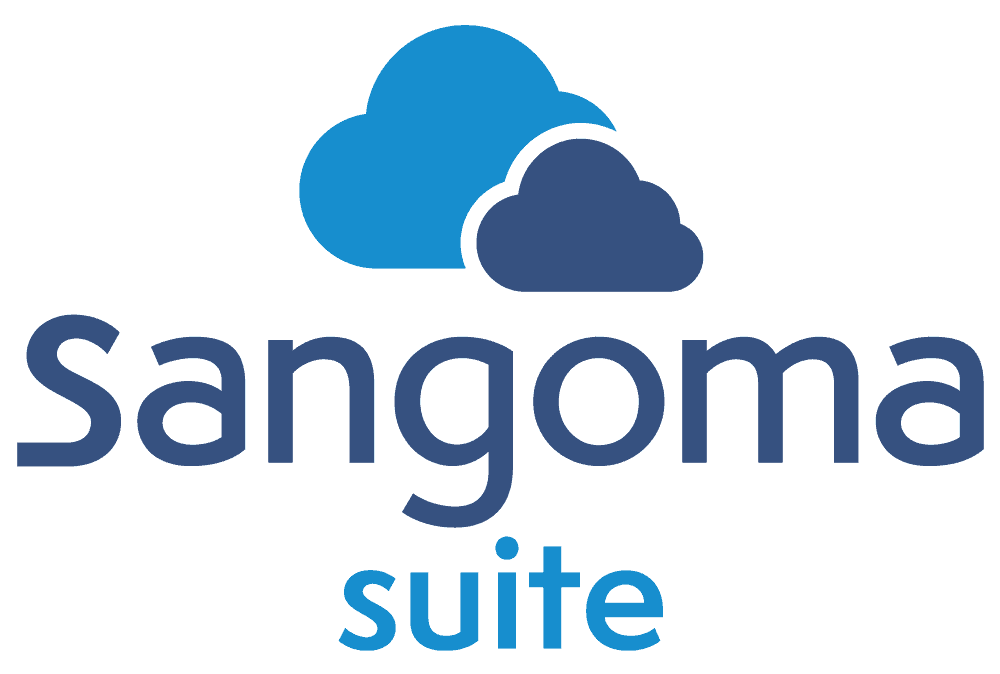The Digital Workplace & Connected Workspace Technology
The concept of the “digital workplace” has become increasingly popular in recent years, especially as necessity dictates that organizations must increasingly rely on cloud-based services. This form of “as-a-Service” software supports virtual rooms for collaborating, communicating, and sharing work with others during times when person-to-person contact is not practical or possible.
Generally speaking, a digital workplace includes solutions like connected workspaces that support the tasks companies need to conduct business from various devices and locations. Connected workspaces offer many of the common tools, apps, and shared elements for working together while apart, and feeling continuously connected while doing so.
Digital Workplace Security & Flexibility
These cutting-edge productivity tools also feature embedded security elements to protect mission-critical workflows, including sensitive files and communications. This aspect–defending against network penetration–is almost universally crucial across any corporate environment.
In spite of the importance of security, however, it is hardly the only necessary consideration for the remote workforce enterprise. Organizations require a collaborative environment that is device agnostic. Users need to be able to collaborate, regardless of their hardware – and, in some cases, software – of choice. A virtual workplace must also support specific, common connected worker apps and collaboration tools, while simultaneously backing up one’s vertical integration plans as the application is moved up the supply chain.
Finally, there is always the need for automated provisioning to reduce and eliminate complexity within the day-to-day work environment. No longer are workers’ bound by extensive binders of notes when collaborating with their peers. Today’s workforce can have access to all of the tools and resources needed to accomplish complex tasks, potentially from a device no larger than one’s cellphone.
Connected Workspaces Are The Future Of Work
Of course, the benefits to deploying such a package are far more extensive than simply easing the burden of one’s remote workforce. One of the most practical reasons to use the software is to save money. Enterprises continually point to cost-savings benefits by eliminating physical facilities, overhead, and travel expenses. Plus, employees tend to be more productive and happy when they save money on gas, tolls, vehicle wear-and-tear, and other incidentals of travel.
This comfort has the added benefit of bolstering employee productivity. With all of the necessary tools and resources made virtually available (in addition to the added benefit of a full night’s rest), staffers can simultaneously work faster and accomplish more, regardless of their physical location.
As a result, whether the organization faces restrictions from a global pandemic, or simply needing a more personal touch from across the miles, digital workplace options are an effective answer to extending versatility.
The post The Digital Workplace & Connected Workspace Technology appeared first on Sangoma.






